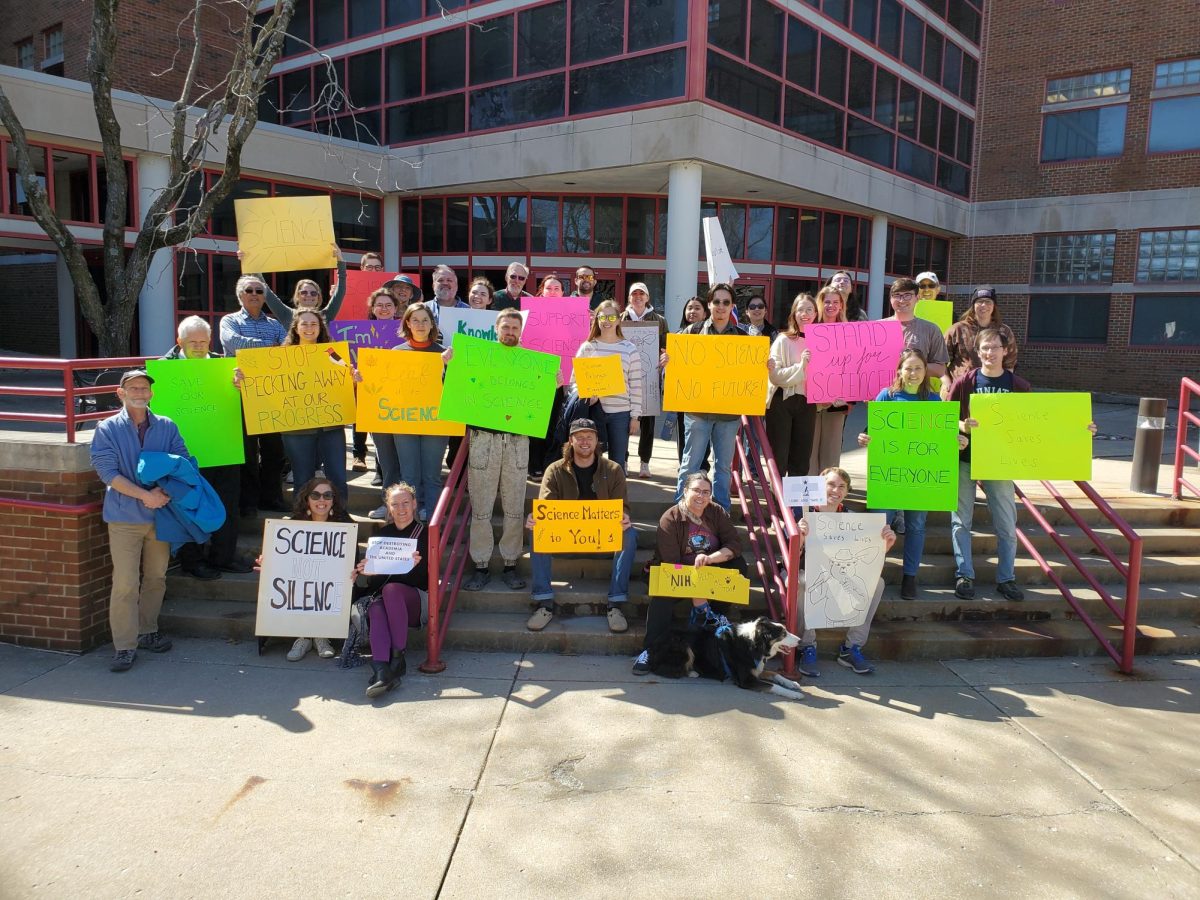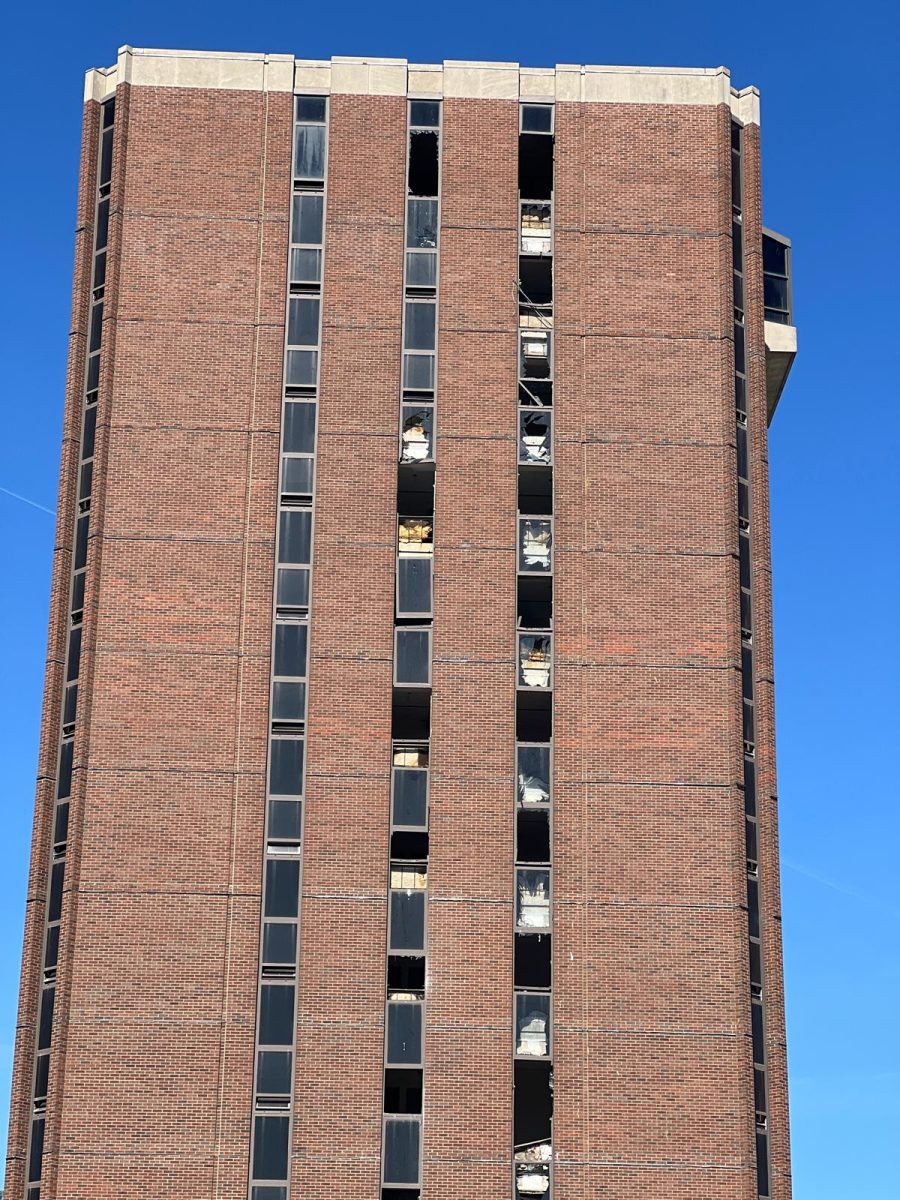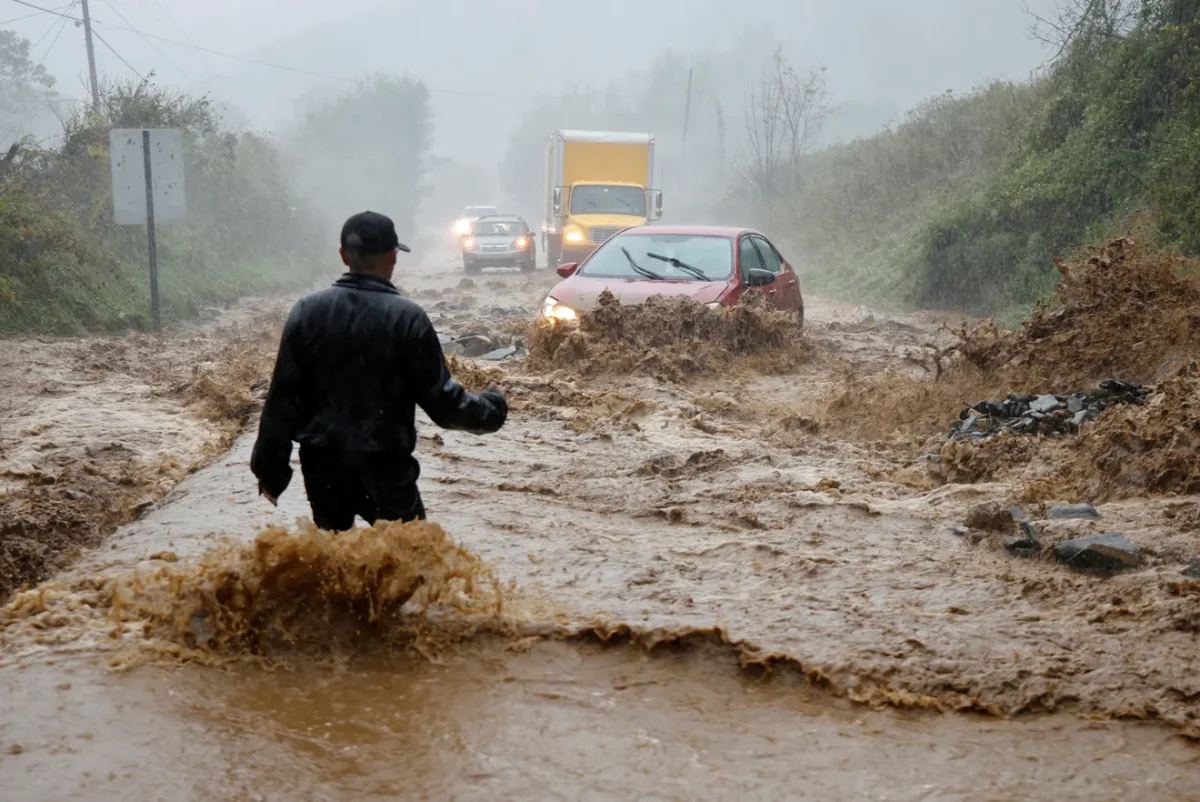The Midwest is no stranger to severe weather. In St. Louis, we get everything from hail storms, to tornados, to earthquakes. The one natural disaster St. Louis is not privy to, however, is a hurricane.
What exactly is a hurricane? The National Oceanic and Atmospheric Administration defines a hurricane as a tropical cyclone that originates in the Atlantic basin, with a rotating low-pressure weather system that has organized thunderstorms but no fronts. Most hurricanes take place during hurricane season, which begins on June 1 and ends on November 30. The states along the Atlantic coast or in the Gulf of Mexico are the most vulnerable to hurricanes, but recently, the risk for loss of life during hurricanes has extended well past the coasts.
Last month on September 26, Hurricane Helene hit Florida’s Big Bend area north of Tampa. Helene made landfall as a Category 4 hurricane with winds reaching 140 mph. Helene was one of the largest hurricanes to make landfall in the continental U.S., with storm surges reaching around 15 feet in the Big Bend area. While Helene left damage and debris along the coast of Florida, it also caused mass flooding and destruction across South Carolina, North Carolina, Tennessee and Virginia.

Helene is the deadliest hurricane in the Atlantic this year, killing at least 228 people, with more still missing in the Appalachian area. Overall, Helene is the third deadliest hurricane in the continental U.S., after Hurricanes Katrina and Camille.
One of the reasons why Helene was so deadly was the unique geography of the Appalachian mountains. Many homes and towns are tucked into hollow spaces between mountain ranges, often built along streams and rivers. Two days before Helene made landfall in Florida, Tennessee and North Carolina had already experienced heavy rains. The earlier downpour ensured that any rain that came with Helene would not have any ground to soak into, so water would run down mountains and collect in low areas. While water runs down the mountain, it picks up dirt, debris, and other water until it becomes an unstoppable force, wiping out towns like Asheville and Chimney Rock. The water vapor rising from the ground from previous rain also added fuel to Helene, extending the life of the storm.

The ruralness of the Appalachian area also contributed to Helene’s deadliness. When floods destroyed I-40 in North Carolina, it cut land access to towns, with some only being accessible through air. Limited access to these rural towns and homes can impede safety rescue measures and limit access to food, water, and supplies to those cut off by floods.
While Florida residents were still picking up the pieces from Helene, Hurricane Milton made landfall October 9 as a Category 3 hurricane in Siesta Keys, Florida. Though Milton was not as deadly as Helene, it did produce 38 tornados across the state and caused over $351 million in property damage. Milton’s proximity to Helene also was a setback to Floridians still recovering from Helene just two weeks prior.
Climate change is one of the main reasons why Helene and Milton were so powerful and destructive. The long-term shift in temperature causes oceans to become warmer, which provides more energy for hurricanes through warmer air temperatures and more moisture. In turn, hurricanes can deliver more rainfall due to the warmer ocean. With ocean temperatures increasing, scientists predict that the intensity and severity of hurricanes will continue to increase as climate change worsens. More intense hurricanes can lead to higher levels of destruction and loss of life as these powerful storms hit coastlines and continue throughout the country. Hurricanes that were once-in-a-lifetime events are becoming more common, bringing unprecedented amounts of property damage and threatening more Americans throughout the country.






















